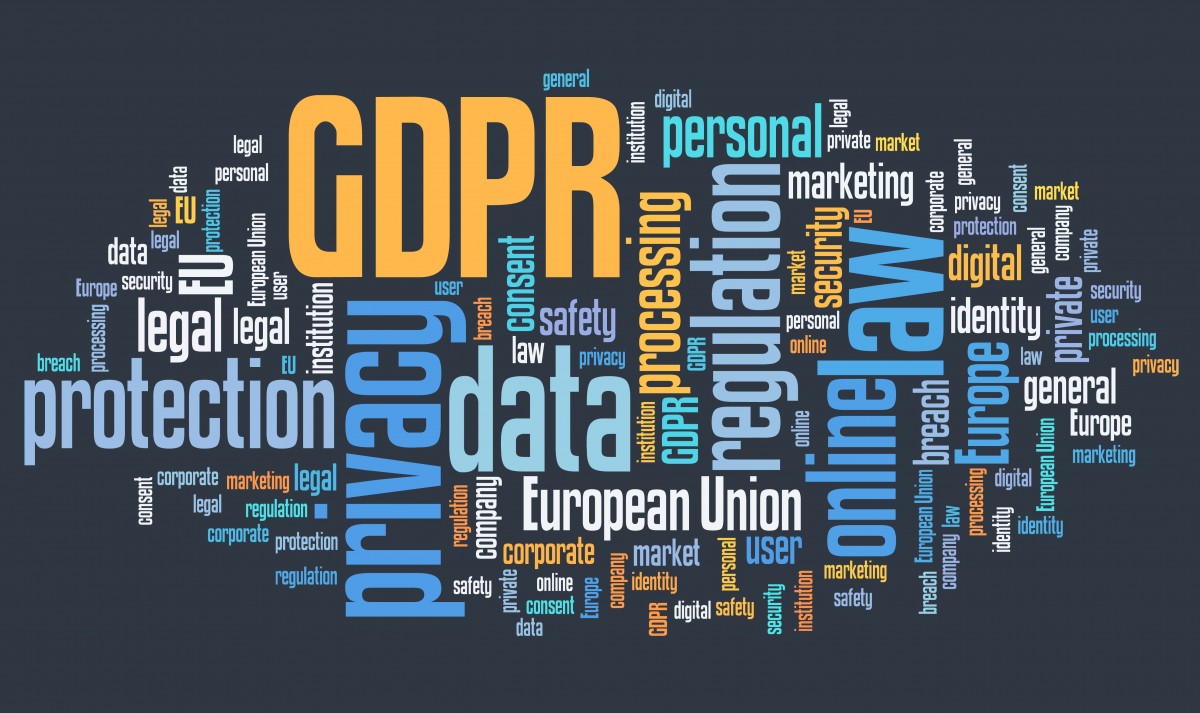NETSCOUT has released the first findings from its upcoming Worldwide Infrastructure Security Report (WISR), revealing a clear trend of targeted attacks against service provider cloud services. In 2018, 47 percent of service providers reported distributed denial of service attacks (DDoS) attacks against cloud services, a 14 percent increase over 2017 and a 22 percent increase since 2016. With increased reliance on cloud-based services across the connected world, and cloud rapidly becoming an integral part of providers’ offerings, successful attacks have the potential to inflict significant damage both to the providers and their customers.
“The cloud has become fundamental to our lives and businesses, and as more services and data move there it should come as no surprise that attackers are increasingly targeting cloud infrastructure and services with DDoS attacks. If it’s important to you (network operators, enterprises and governments), it’s important to them (attackers),” said Darren Anstee, NETSCOUT CTO for Security. “As hybrid and multi-cloud environments will be with us for the foreseeable future, and as attackers increasingly use more sophisticated and dynamic multi-vector attacks, consistent multi-domain visibility and security capabilities are becoming ever more important. “
Another significant change in 2018 was in the sectors most targeted by DDoS attacks. In past years, financial services, e-commerce, and gaming customers were at the top of the list. In 2018, it was governments, signifying a notable shift from extortion attacks to political and ideological hacktivism. DDoS has long been a tool for online protests, thanks to the combination of increasingly sophisticated for-hire DDoS attack services and free attack tools that enable anyone with basic online skills to launch an attack. As political instability increases around the world, NETSCOUT expects DDoS to continue to be used both as a form of protest and as a weapon in geopolitical disputes.
Other key findings from the report reveal that 95 percent of service providers in 2018 experienced either inbound or outbound DDoS attacks, marking a 10 percent increase from the previous year, while attacks reached a record size of 1.7 terabits per second. It’s therefore no surprise that 88 percent of service providers cited DDoS attacks as their primary security concern for 2019.




